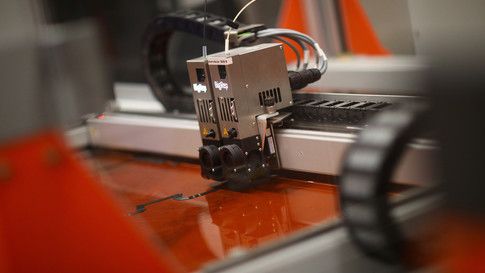Authorities act on cluster of infections in the Lombardy and Veneto regions.


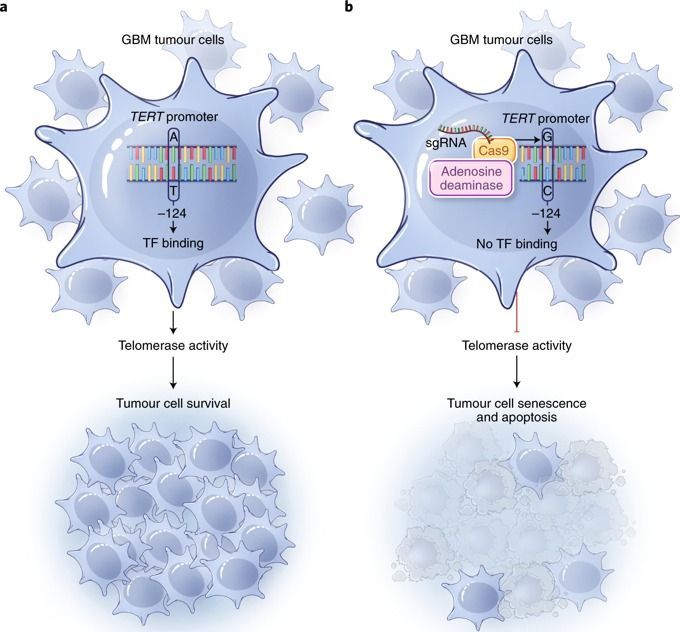
Gene editing holds promise for the treatment of cancers that are driven by well-characterised molecular alterations. A study now provides a proof of concept for the feasibility of in vivo gene editing to correct TERT mutations in glioblastoma, providing a platform for the direct manipulation of genetic alterations to reduce tumour growth.

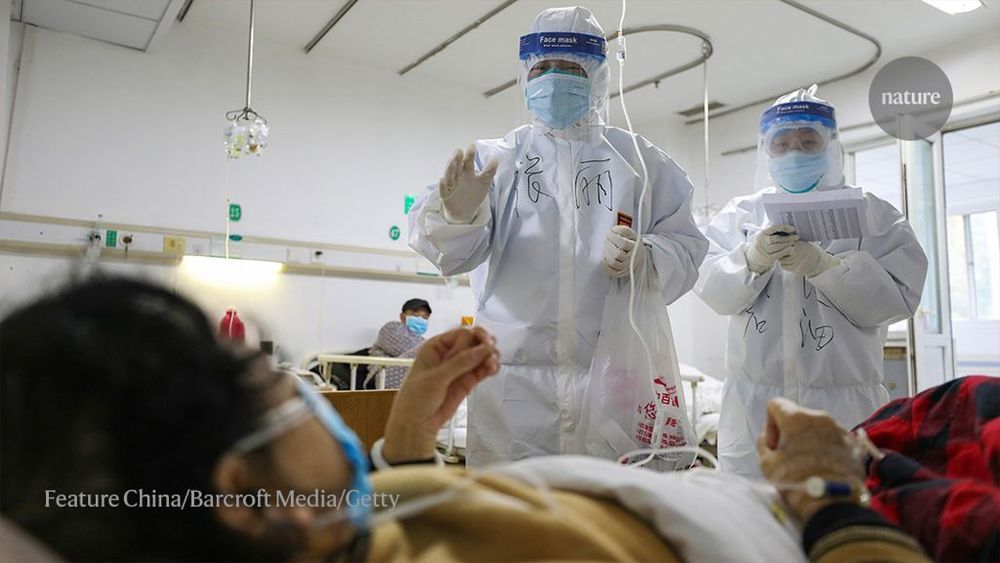

A Cambridge-based biotech company that is creating a colony of “human” mice is locked in a Tom and Jerry-style fight with a US pharmaceutical giant.
Kymab, which is backed by the Bill and Melinda Gates Foundation and counts fund manager Neil Woodford among its investors, is seeking permission to appeal to the Supreme Court in a row over patents. It follows a ruling by the Court of Appeal earlier this year that Kymab infringed a patent belonging to US company Regeneron. A previous judgment ruled that Regeneron’s patent was insufficient.
The legal tussle relates to Kymab’s “Kymouse” work, in which it manipulates the genome of mice. Kymab removes the genes that make antibodies in mice and replaces them with human antibody genes. This means that.
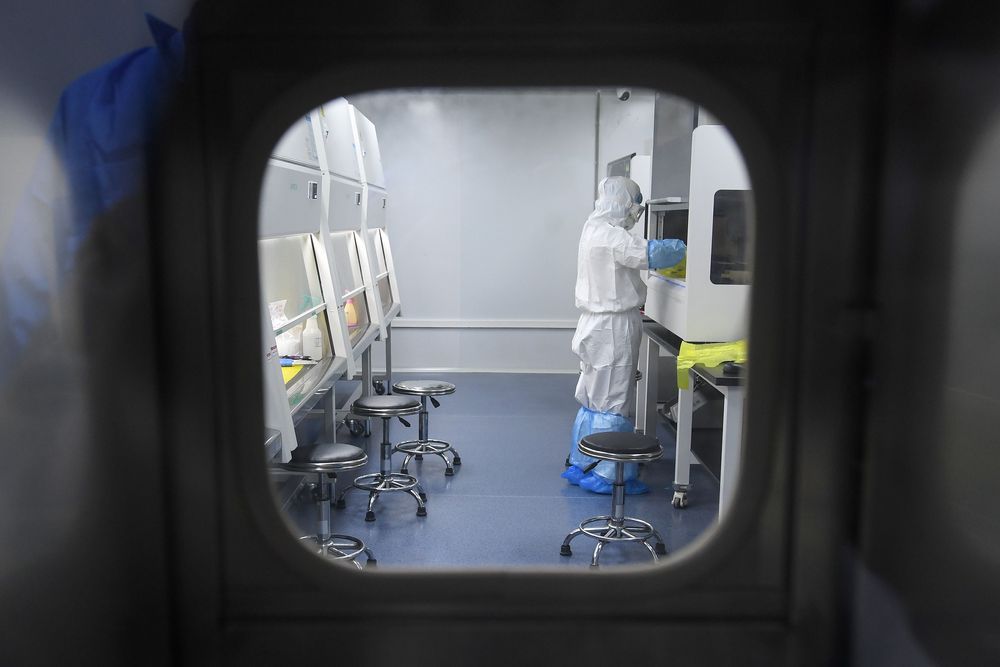

When tested in mice, the molecule, dubbed halicin, effectively treated the gastrointestinal bug Clostridium difficile (C. diff), a common killer of hospitalized patients, and another type of drug-resistant bacteria that often causes infections in the blood, urinary tract, and lungs.
The most surprising feature of the molecule? It is structurally distinct from existing antibiotics, the researchers said. It was found in a drug-repurposing database where it was initially identified as a possible treatment for diabetes, a feat that showcases the power of machine learning to support discovery efforts.

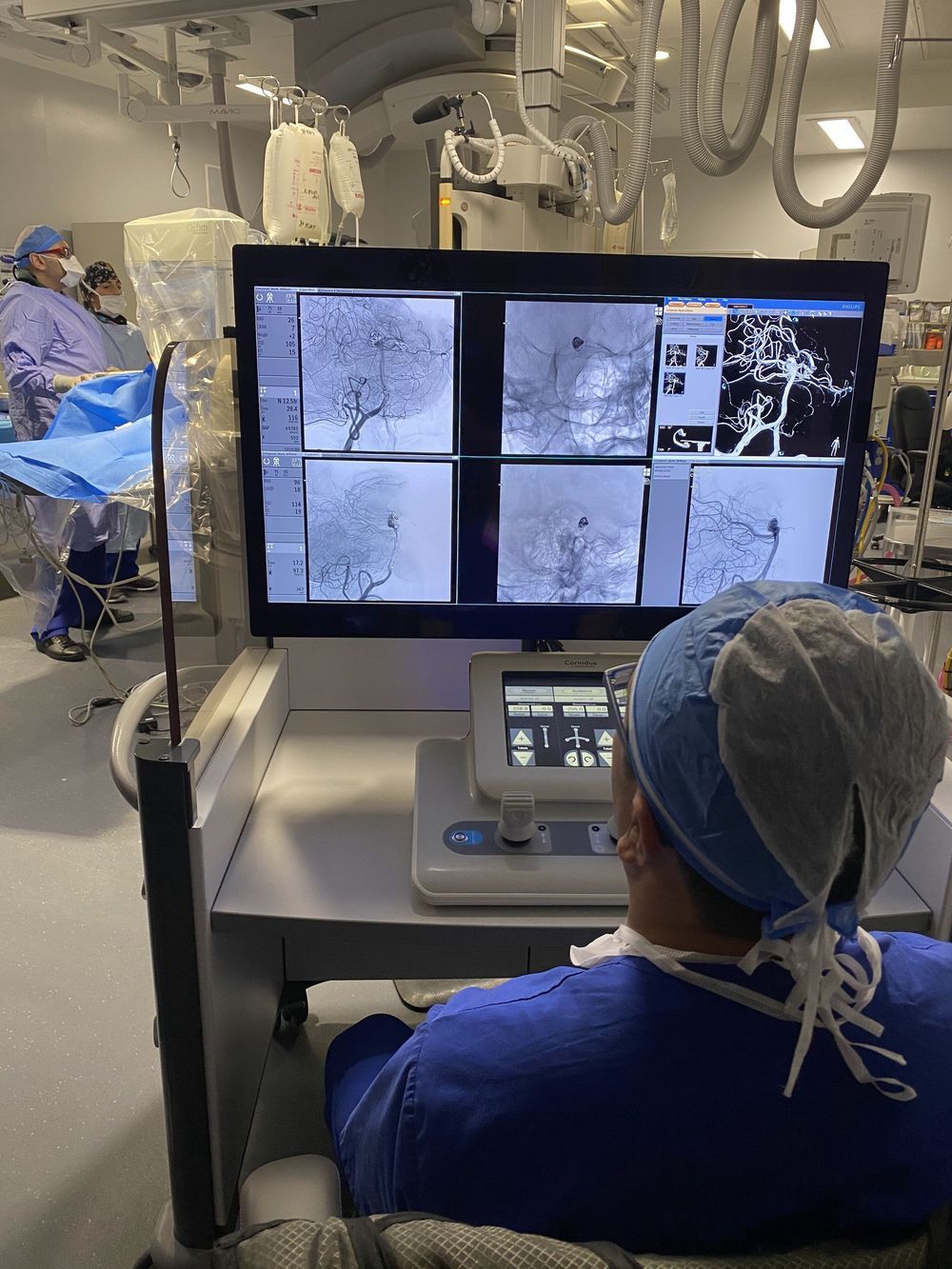
Using a robot to treat brain aneurysms is feasible and could allow for improved precision when placing stents, coils and other devices, according to late breaking science presented today at the American Stroke Association’s International Stroke Conference 2020.
Robotic technology is used in surgery and cardiology, but not for brain vascular procedures. In this study, Canadian researchers report the results of the first robotic brain vascular procedures. They used a robotic system specifically adapted for neurovascular procedures. Software and hardware adaptations enable it to accommodate microcatheters, guidewires and the other devices used for endovascular procedures in the brain. These modifications also provide the operator additional precise fine-motor control compared to previous system models.
“This experience is the first step towards achieving our vision of remote neurovascular procedures,” said lead researcher Vitor Mendes Pereira, M.D., M.Sc., a neurosurgeon and neuroradiologist at the Toronto Western Hospital, and professor of medical imaging and surgery at the University of Toronto in Canada. “The ability to robotically perform intracranial aneurysm treatment is a major step forward in neuro-endovascular intervention.”
